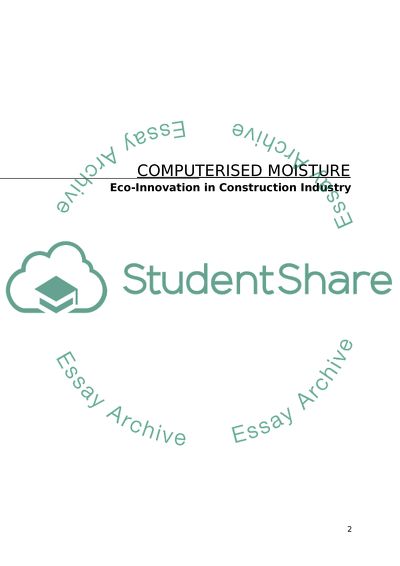Cite this document
(“Eco-Innovation in Construction Industry Essay Example | Topics and Well Written Essays - 4000 words”, n.d.)
Retrieved from https://studentshare.org/tourism/1427546-eco-innovation-in-construction-industry
Retrieved from https://studentshare.org/tourism/1427546-eco-innovation-in-construction-industry
(Eco-Innovation in Construction Industry Essay Example | Topics and Well Written Essays - 4000 Words)
https://studentshare.org/tourism/1427546-eco-innovation-in-construction-industry.
https://studentshare.org/tourism/1427546-eco-innovation-in-construction-industry.
“Eco-Innovation in Construction Industry Essay Example | Topics and Well Written Essays - 4000 Words”, n.d. https://studentshare.org/tourism/1427546-eco-innovation-in-construction-industry.


